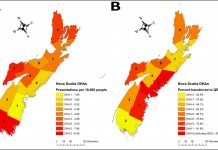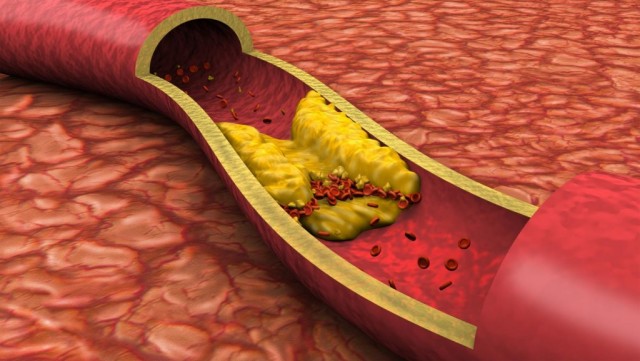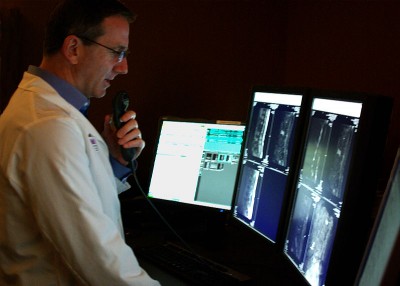February 2004 - A major national study testing whether high-dose vitamins could prevent another stroke found that the vitamins had little effect, according to a report in the Feb. 4 issue of the Journal of the American Medical Association.
The study, led by James F. Toole, M.D., professor of neurology and director of the Stroke Research Center at Wake Forest University Baptist Medical Center, found nearly identical rates of recurrent strokes and heart attacks between participants on a high dose of folic acid, B6, and B12 vitamins and those taking a low dose.
"High-dose vitamin therapy had no effect on stroke prevention, coronary heart disease events or death in this study, which was disappointing," Toole said.
The study, called VISP (for Vitamin Intervention for Stroke Prevention), involved 3,680 adults who had already had a non-disabling stroke and were being treated at one of 56 centers in the United States, Canada and Scotland. Half of the patients were assigned to the high dose group and half to the low dose.
Neither the patients nor their doctors knew which group they were in. The daily vitamin pills were identical in outward appearance.
Continue Reading Below ↓↓↓
During the study, 8.1 percent of patients on the low vitamin dose and 8.4 percent of patients on the high dose had a second stroke, which statistically is nearly identical.
The study found that the vitamin therapy lowered levels of homocysteine � an amino acid � leading the investigators to say, "Findings in other trials of an association between total homocysteine with increased risk of stroke and heart disease suggests that longer trials in different populations with elevated total homocysteine may be necessary."
The study did show that in both the low dose and in the high dose vitamin group those with a high homocysteine level at the start of the study were the most likely to have a recurrent stroke.
Of patients in the low-dose or control group, 6.7 percent had a coronary heart disease "event," usually a heart attack, compared to 6.3 percent of patients on the high dose. Overall deaths from any cause totaled 5.4 percent of the high-dose group compared to 6.3 percent of the low-dose group.
Just after the start of VISP, folate fortification of the U.S. grain supply began (which increased folic acid in breads and other foods containing grains) and it became mandatory in January 1998. This "profoundly reduced" the number of people with low levels of folate and high total homocysteine levels, Toole said.
The study was stopped in December 2002, when the study's performance and safety monitoring board told the funding agency, the National Institute of Neurological Disorders and Stroke, that "there was no chance of showing any difference between the two treatment groups during the remaining follow-up period."
Source: Wake Forest University











